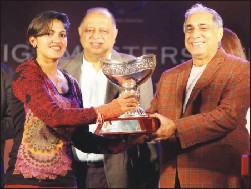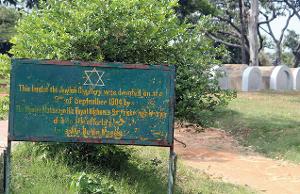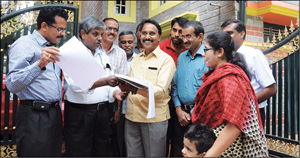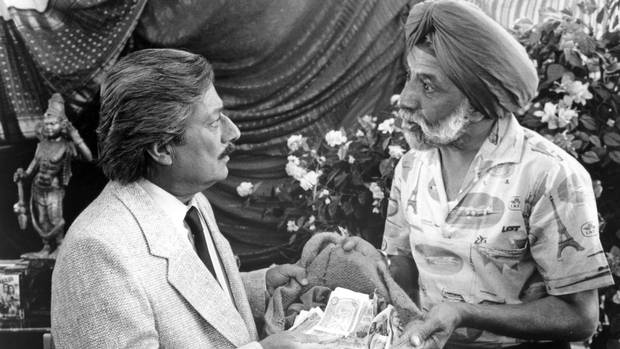Vadodara :
Ten years ago, he slammed crucial half centuries that helped India win the cricket World Cup for the deaf and mute cricket. His allround performance promoted him to the captainship of Indian team three years ago.
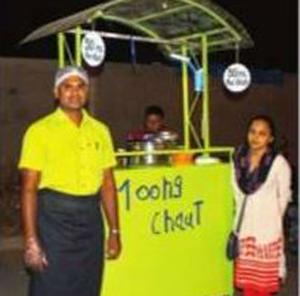
But life has bowled a wrong one to 30-year-old Imran Sheikh, who is forced to sell ‘moong kachori’ at a roadside stall on the Old Padra Road. Imran started selling kachoris a week ago to make ends meet. “Cricket is my passion and I want to keep playing. But my financial condition is not good enough to support my family . Playing deaf and mute cricket matches doesn’t earn me much money. So I started a nutritious kachori stall with the help of my wife Roza for earning extra income. I also got a temporary job in Gujarat Refinery, thanks to my coach Nitendra Singh,” Imran told TOI in sign language.
Standing six-foot tall, Imran started playing cricket at the age of 15. “I used to watch matches on television and later began playing at Bhutadizampa ground. But my coach Nitendra Singh mentored me for higher level of cricket. I got into Gujarat team and then in Indian team,” Imran recalled. He scored 70 runs against Nepal, 60 against New Zealand and then scored a match-winning 62 against Pakistan in 2005 world cup semi-finals.
Imran scored a valuable 40-run knock and bagged three wickets in finals against England to help India win the World Cup. “He is a genuine talent and has worked hard to play cricket at the highest level.
He last captained Indian deaf and mute team in the Asia Cup T20 tournament in April this year. Sadly, he wasn’t picked up for U-19 tourney in BCA years ago as he is deaf and mute,” Nitendra alias Munna, who keeps helping Imran, said.
Nitendra is said that Imran wants to quit cricket for good. “It will be unfortunate if he does this,” he added.
“We recently moved out of our family house. Barodians have been very supportive and queuing up to eat at our stall.
We would be glad if the government helps us get a permanent place for our eatery,” said Imran’s wife.
source: http://www.timesofindia.indiatimes.com / The Times of India / News Home> City> Vadodara / by Tushar Tere, TNN / November 28th, 2015
